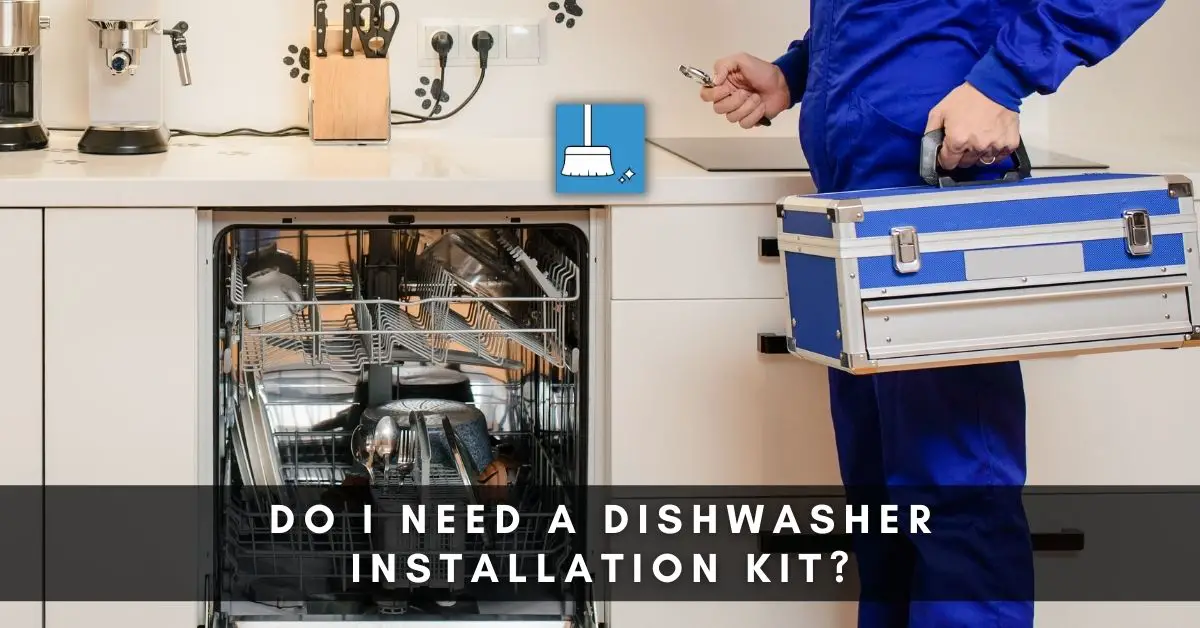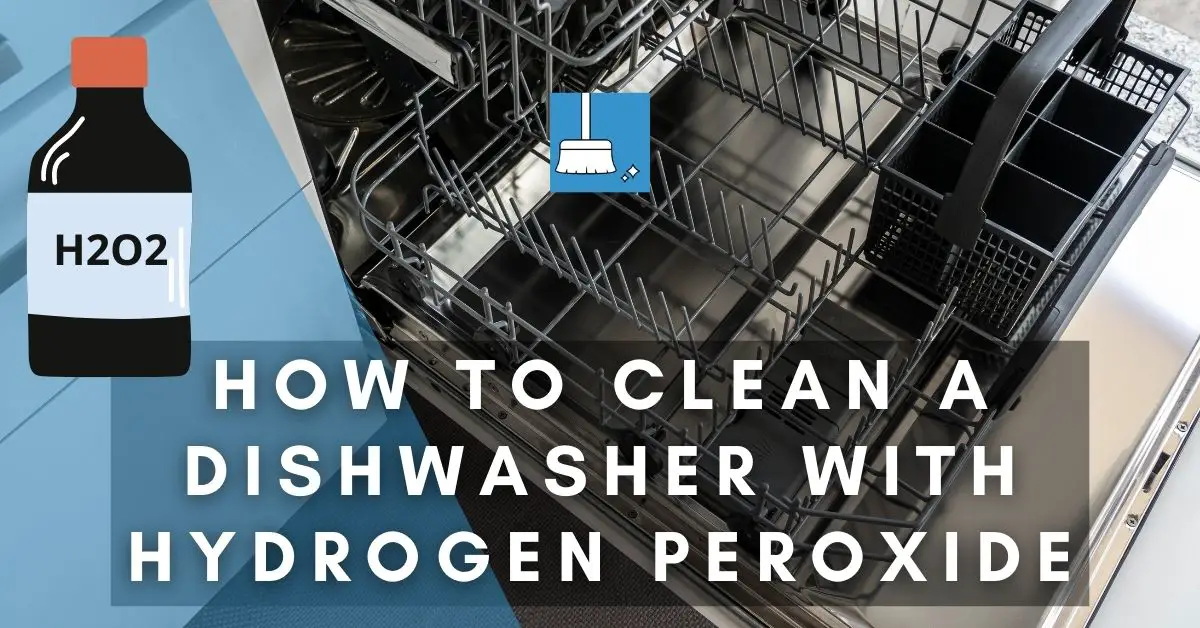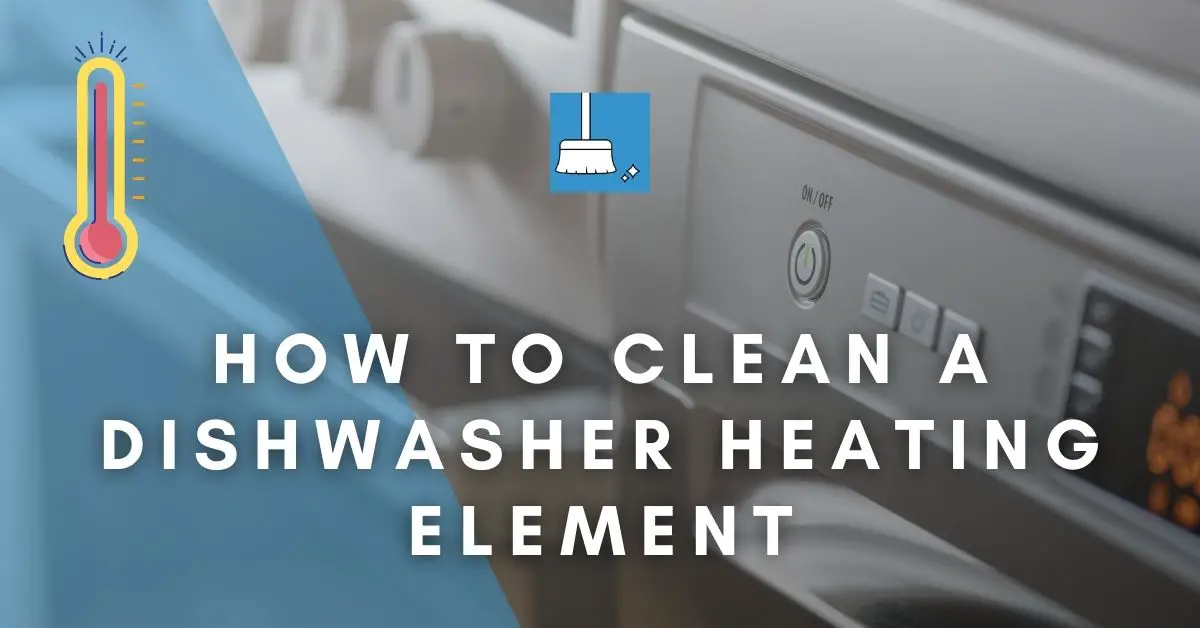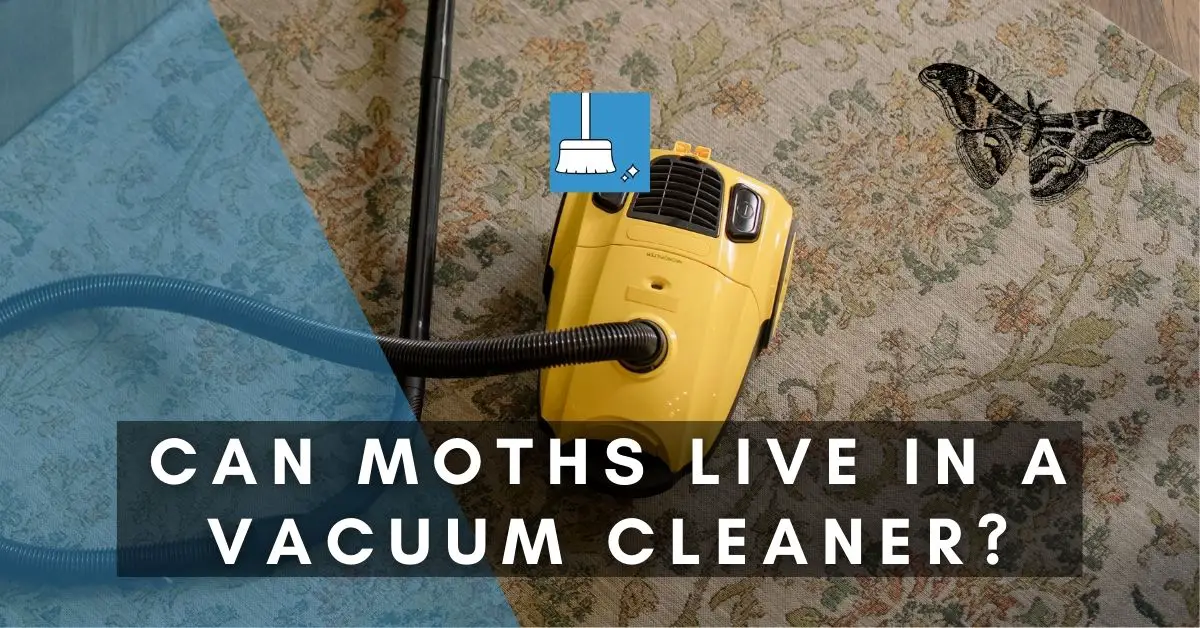Dishwashers are durable, but they don’t last forever, so at one point or another, we will have to replace them.
Can you do it yourself? Do you need an installation kit? These are the questions we will be answering in this article.
Even If want to install a dishwasher where there wasn’t one before, follow this article because we’ve got that covered. We’ve given a Simple step-by-step process.
Do I Need a Dishwasher Installation Kit?
Yes, you do. Newly bought dishwashers come with some parts but they aren’t complete so when you buy a new one, you would need the installation kit for you to install it successfully.
If you don’t want to buy the installation kit because of cost or because it’s inconvenient, you can just buy the parts you need.
You may already have alternatives to some of the tools in the dishwasher installation kit so you won’t need them. For example, instead of a screwdriver, you could use your fingertips to tighten the screws where necessary.
You may also be replacing your dishwasher so you probably have a few parts available from the one you previously installed. So buying the installation kit that also includes these parts and tools will be a waste.
If you don’t have any tools at all, or maybe you are installing a dishwasher for the first time in your home, you are better off with an installation kit.
Buying the parts separately will be stressful and you may end up spending more than the kit costs.
You may even think you have bought all the necessary parts, only to discover you need something else while you are installing.
What Parts Do I Need to Install a Dishwasher?
1-The Power Cord
Dishwashers use electricity and this cord is what you will use to connect the dishwasher to a power outlet.
Power cords are often not too long, so ensure you install your dishwasher as close to a power outlet as possible. Or install another power outlet under the countertop you’ll be installing your dishwasher.
Instead of using a power cord, some people wire the dishwasher directly to the power supply. This can be more technical though if you don’t know what you are doing.
Although wiring directly is hard to fix when something goes wrong but it is more durable.
2- Drain Hose
This helps you to get rid of the dirty water in the dishwasher. It connects the dishwasher to the drain under the sink and ensures the seamless discharge of dirty water. The drain hose usually comes with your dishwasher.
3- Waterline
This comes with the installation kit and it contains a hose, valve/ 90- degree connector, and everything you need to connect your dishwasher to a water source.
For effective cleaning, let your dishwasher be connected to a hot water source.
4- Tools
You need tools like a screwdriver, plier, hose clamp, insulating connector, wire nuts, and hope saw for the installation too.
If your countertop doesn’t have mounting plates for the dishwasher, you should get those too.
You will see why you need these tools while we are explaining the installation process in detail.
Can a Normal Person Install a Dishwasher?
A Normal non-professional person can install a dishwasher if they will be replacing an existing one. They will have to go through more trouble and stress if installing a dishwasher where there wasn’t one before and if they have no prior experience doing that.
Replacing an old dishwasher is fairly easy because the space is already prepared for it. Holes are already made in the cabinet or countertop and the waterline and drain line are already in place. Even if these need to be replaced it’s easy. So a normal person can do it.
Installing a dishwasher in a new place, however, isn’t that easy. It requires electrical and plumbing experience. There may even be plumbing codes as regards the installation in your state that you aren’t aware of.
Most times the dishwasher is wired to the circuit breaker panel directly instead of using a power cord. This can be dangerous to attempt yourself if you have no previous electrical experience. In a case like this, you should call the professionals.
But if you still want to do it yourself, follow the step-by-step guide below.
Installing a Dishwasher for the First Time (Ste-By-Step)
Whether you are replacing an old dishwasher or you are installing it where there used to be none, these steps will help you.
Don't forget to turn off the power before installing your dishwasher since it's electrical work. Be safety conscious at all times.
STEP 1: Choose the space for your dishwasher, preferably beside a water source. This ensures you don’t have to worry about a hose being too short. It is best put beside the sink in the kitchen.
In case you still have to buy a new dishwasher, Check how much space you have to work with and choose a dishwasher that fits.
STEP 2: Use a screwdriver to remove the screws from the cover plate of the dishwasher at the bottom. The cover player should come off easily.
Keep the cover plates and screws in a safe place and note the arrangement so you can put them back properly when you are done.
STEP 3: Now it’s time to attach all the necessary connections. Put the dishwasher on its back for this.
STEP 4: The first thing to attach is the waterline. It has a hose and a 90-degree connector.
Attach the smaller part of the connector mouth to the hose and tighten with a plier. Use your fingertips first, and then a plier to make it right.
There’s a part under the dishwasher that looks like a hose mouth. You should see it easily since your dishwasher is now on its back. This is where the other end of the 90-degree connector attaches to.
That hose mouth is plastic so don’t tighten too much. But ensure the connector is properly fit so there’s no leak. Let the connector and waterline face downward.
STEP 5: Now you need to attach the powerline. As we explained, you can use a power cord if there’s a power outlet where the dishwasher will be installed.
You can also wire the dishwasher directly to the connection in the wall and install a circuit breaker to control it.
Ensure the power is turned off before doing this.
There’s an electrical box underneath the dishwasher, unscrew and remove the cover. Put the screw and cover in a safe place.
Take your power cord and fix an insulating connector on it where the wires are exposed. You’ll see the positive and neutral wires on the end of the cord. Put an insulating connector on it to hold it in place.
Remove the nut on the connector and pass the cord through a hole beside the electrical box you opened. When it’s about 2 or 2 1/2 inches above the hole, put back the nut and tighten it to hold the cord in place.
The connector ensures the cord doesn’t move or rub against the dishwasher while it is running.
There’s a wire underneath the dishwasher separated into neutral and positive. Pass this around the cord and attach them. Let the neutral on the cord be attached to the neutral wire on the dishwasher. Same for the positive one too.
Take the wire strippers off the wires a bit, so you can have enough wire to work with while attaching them.
Use wire nuts to cover the place of attachments up and cover the electrical box again.
STEP 6: Drill two holes in the side of your cabinet where your dishwasher will be placed. The holes should lead to the underneath area of the sink. These holes are where your waterline and drain line will pass through.
Drill one at the bottom for the waterline and one at the top for the drain line. The hole for the drain hose is usually bigger because the drain hose is bigger than the water inlet hose.
If you are replacing an old dishwasher, then you don’t need to drill holes. They will be there already. You may also not need to buy new waterlines and drain lines.
STEP 7: The dishwasher comes with mounting tops on them. These help you attach the dishwasher to the underneath of your countertop. You want to make sure the dishwasher top is flush to the countertop so it attaches firmly.
To achieve this, you can adjust the length of the dishwasher feet. Dishwashers come with adjustable feet so getting the right height that will flush with your countertop will be easy.
You can install a mounting plate underneath the countertop top so your dishwasher can be attached easily. There are also other options available that you can search for.
STEP 8: Your drain hose comes with the dishwasher already. Pass this through the top hole you screwed, and pass the waterline you attached through the bottom hold.
Then plug in your power cord to the outlet. It should be behind the dishwasher, in the cabinet. It’s easier.
STEP 9: Pull the drain hose and waterline through the holes on the other side so you can push the dishwasher into the space provided for it.
STEP 10: Open the dishwasher, remove the screws from the mounting tops and use them to attach the mounting tops to your countertops. It’s easier if your countertop has mounting plates underneath as we said.
STEP 11: Attach the drain hose to the garbage disposal underneath the sink. Put hose clamp over the drain hose before attaching it to the garbage disposal and secure it right after attachment.
STEP 12: Connect the water line to the water supply valve underneath the sink.
STEP 13: Do a test run to ensure there are no leaks. If there are, tighten the drain hose or waterline at the point(s) of the leaks.
STEP 14: Remember the cover plate we removed from the dishwasher bottom? It’s time to replace it since there are no leaks and your work is done. Put it back, arrange it neatly, and put the screws in place.
You have successfully installed a new dishwasher or replaced one.
Final Thoughts!
It looks daunting but dishwashers are easy to install if you know what you are doing. And we have explained the details in simple steps to give you more confidence.
You do need an installation kit to make the process easier. You need it more if you have never done this before. It ensures you have all the tools needed and you don’t get frustrated in the long run.
Some people prefer to just buy the parts separately but this is difficult to do if you don’t know the parts you’ll be needing. The need for other tools may even arise as you install. So just get the kit.






Pingback: Do Dishwashers Come With A Water Supply Line? (Explained!) »
Pingback: Can I Use A Garden Hose For My Dishwasher? (3 Reasons!) »